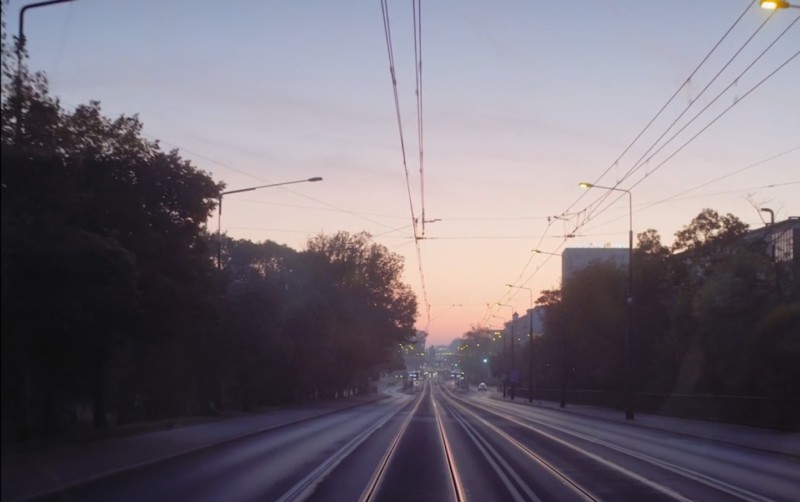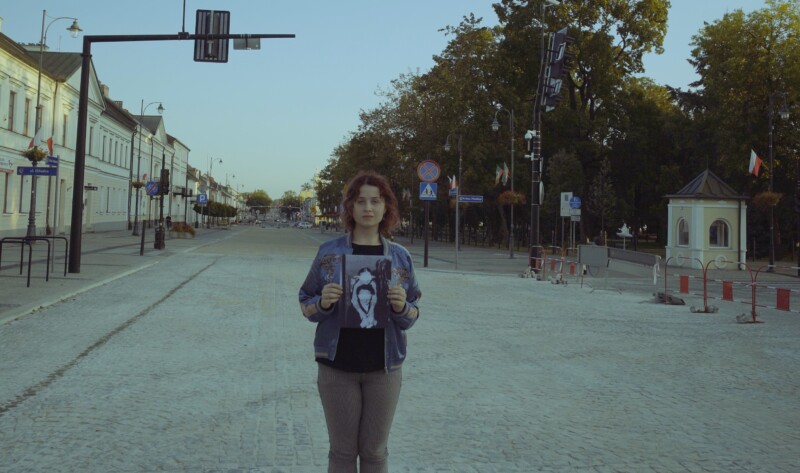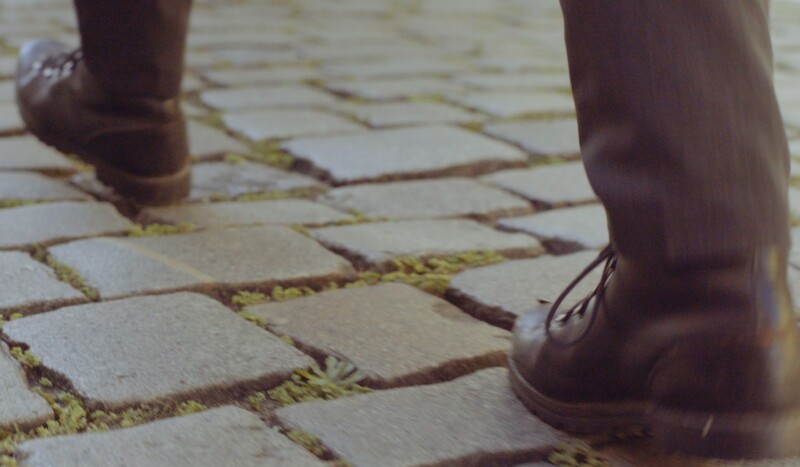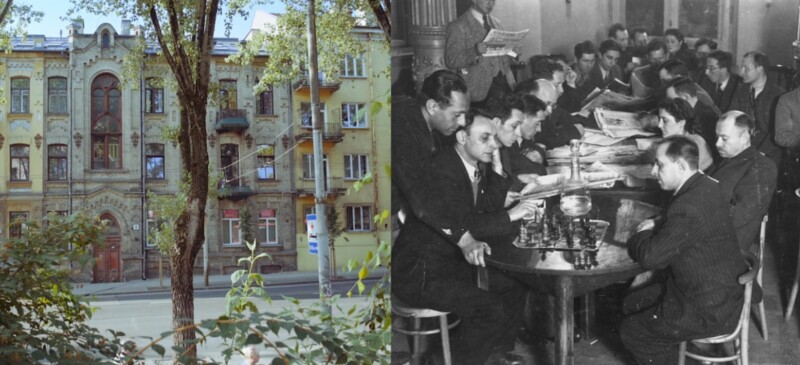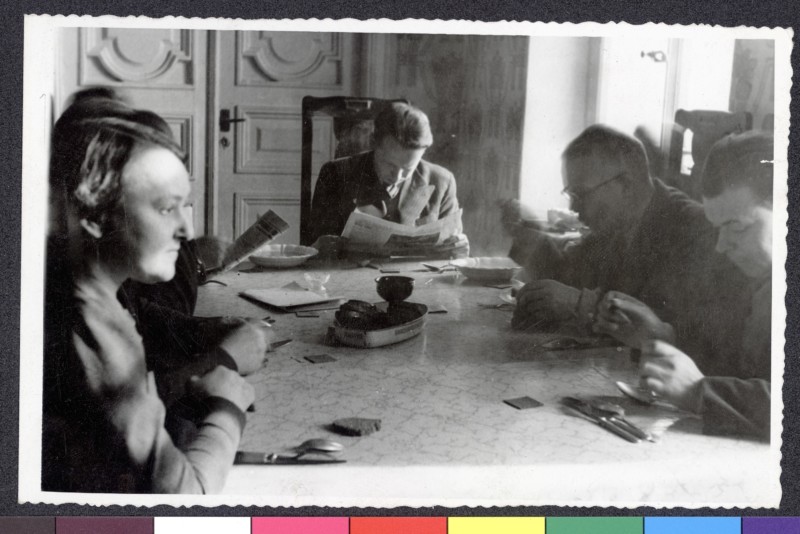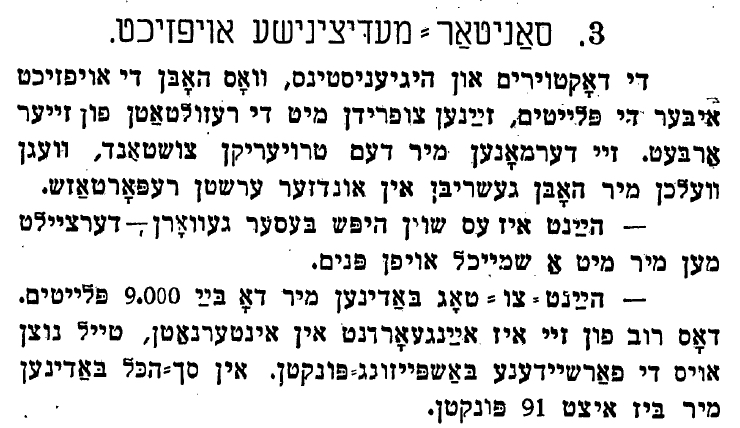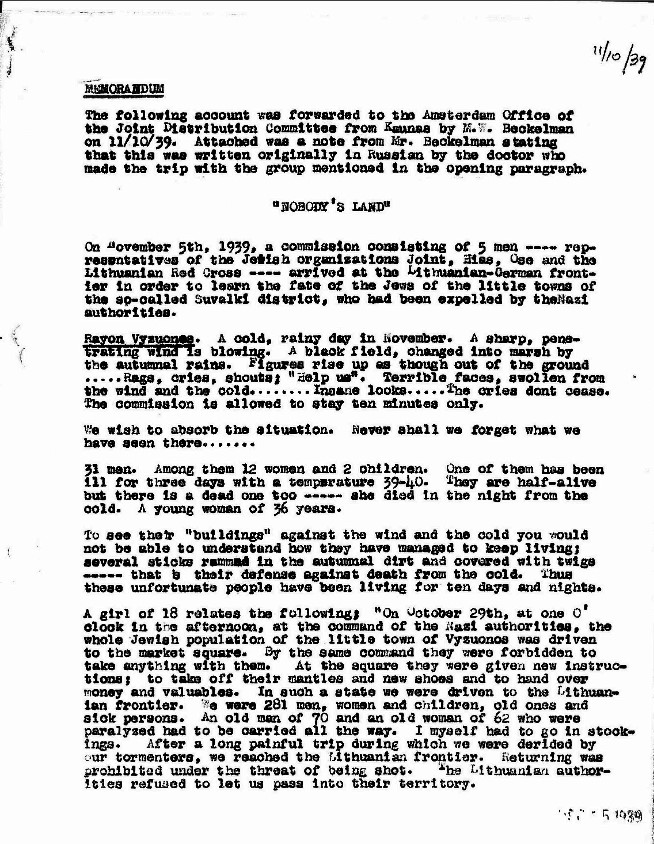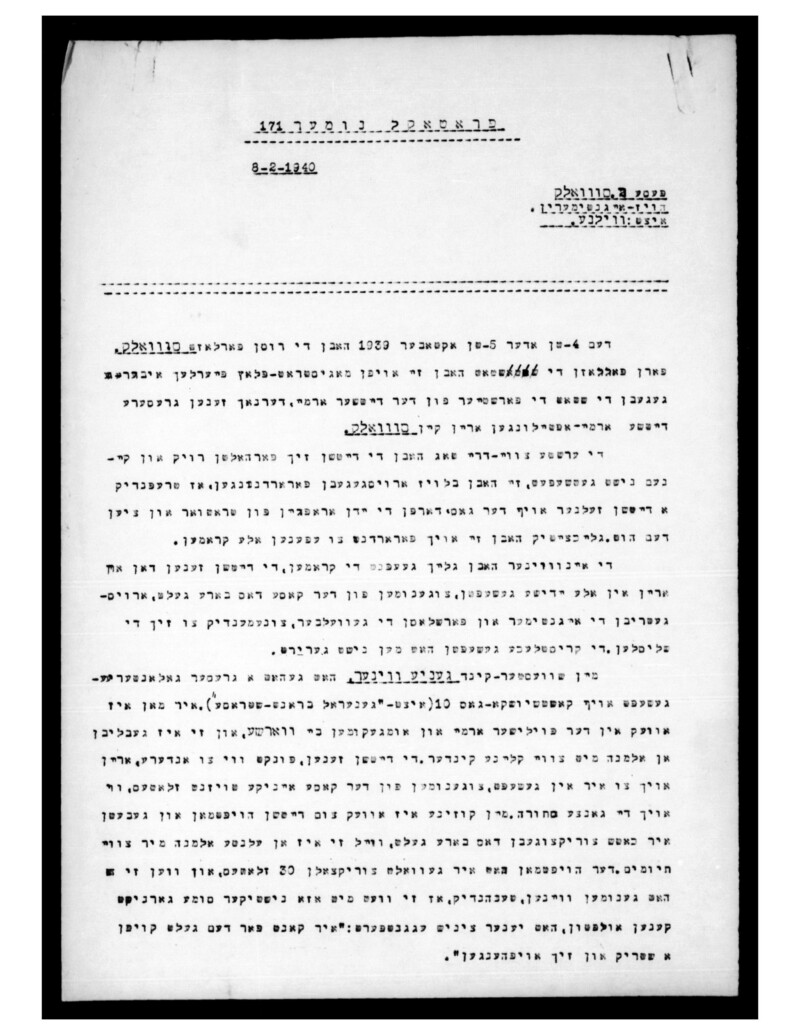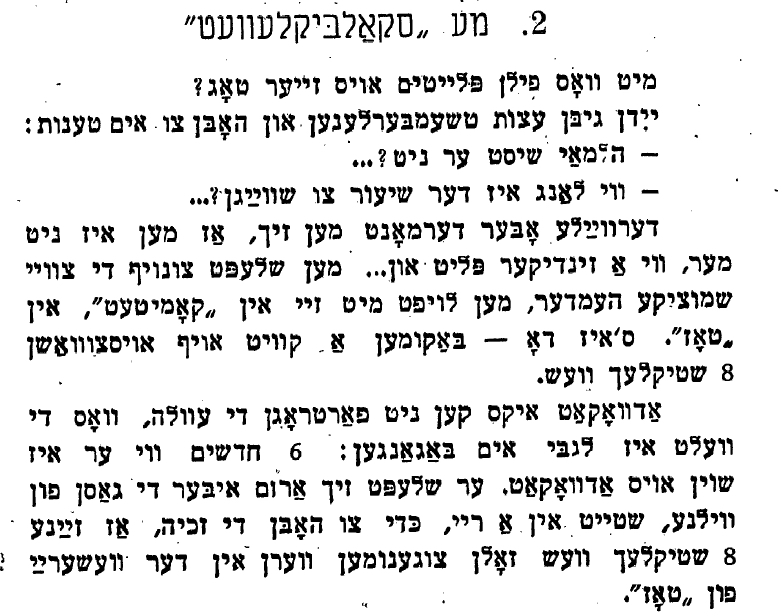אחר כך טיילתי ברחובות האפלוליים והמית לבבי לא שככה. הרהורים שונים התרוצצו במוחי. יש עתיד לעם — חשבתי — שנוער כזה לו. לא נכרתה תקוותנו, אם בימי מסה אלה ידענו להקים מקרבנו מחנה כזה. טיילתי ברחובות השוממים ולא יכולתי לשכוח את פניהם המשולהבות ואת עיניהם הבוערות. וילנה, וילנה! התכניסים תחת כנפיך? התהיי להם מקלט עד יעבור זעם?
“Afterwards I walked through the dark streets of Vilnius and the movement of my heart did not subside. Different thoughts flashed through my mind. This people has a future, I thought, if it has such a youth. Our hope was not undermined if we knew how to build such a camp from among ourselves in these difficult days. I walked through the empty streets and could not forget the faces blushing with excitement and the flaming eyes of those passionately burning ones. Vilnius, Vilnius! Will you take them under your wings? Will you be their refuge until the fury is over?”
Benzion Benshalom dedicates these euphoric words to his temporary city of refuge, Vilnius, shortly after he reached it and attended a large Zionist gathering for the first time, which he perceived as very moving.
Benzion Benshalom (Katz) was born in Galicia in 1907 and studied, obtained his doctorate and taught Hebrew at the University of Krakow until 1939. Like many other Polish Jews, he fled with his family from the invading Wehrmacht in 1939 to Vilnius, which was still neutral and unoccupied until 1941. The city, which had just come under Lithuanian control in October 1939, became a refuge for thousands of Jewish and non-Jewish refugees from occupied Poland at the beginning of the war. In the spring of 1940 he managed to emigrate from there to Mandatory Palestine. Until his death in 1968, he worked at Tel Aviv University as a Hebrew literary scholar, translator and author. Before and after his immigration, Benzion Benshalom (Katz) was active in Zionist organizations. Between 1941 and 1963 he headed the Youth and HeChaluz Department of the Jewish Agency.
He recorded his memories of his time in Vilnius in the book “In the tempest of a stormy day” (בסער ביום סופה), published as early as the beginning of the 1940s, in the chapter “Days and Nights in Vilnius” (ימים ולילות בוילנה). For Benshalom, Vilnius, the “Jerusalem of Lithuania,” was only a stopover on the way to then British Mandatory Palestine, from which Benshalom received books and newspapers with great excitement. Vilnius, like other European and especially Central and Eastern European cities, had already become the center of several Zionist (youth) organizations such as HeChaluz or HaShomer HaTzair before the beginning of the Second World War. These organizations prepared Jewish people with agricultural and handicraft training courses for emigration to Palestine and organized their emigration itself. Some of these educational activities were photographed by the Polish couple Bolesława and Edmund Zdanowscy.
Benshalom describes Vilnius on the one hand as a port of hope for Jewish refugees, who still find there the Jewish organizations and structures that were suppressed under Soviet and German occupation. Initially, like in this excerpt, he expresses his euphoria in the face of the virulent activities and hopeful gatherings of these Zionist organizations and testifies to the structures of Jewish self-help in Vilnius.
On the other hand, Benshalom describes the many difficulties and fears of the various people who fled to Vilnius: the harsh winter, the fear of impending German occupation, the hiding from the Lithuanian authorities, the general despair in a city he increasingly perceived as desolate.
Excerpt from:
Benshalom, Benzion, 1943/44: BeSa’ar beYom Sufa, Polin (בסער ביום סופה. פרקי פולין) [In the tempest of a stormy day. Parts about Poland]. Tel Aviv: Mosad Bialik. Part 4/Dalet, p. 156.
Translation from Hebrew to English © Minor Kontor.
